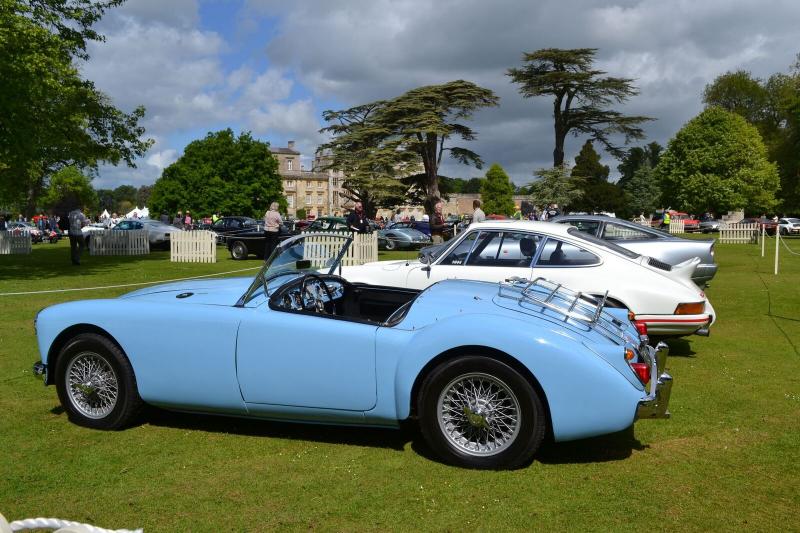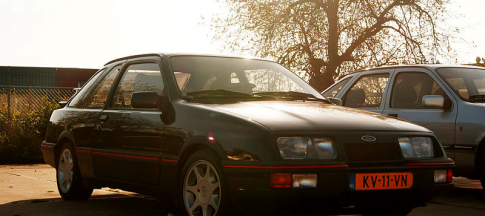If you own a classic car or you just enjoy seeing them on the roads, the latest MOT regulations will impact you – for the better

As of May 20, 2018, nearly all cars that were built more than 40 years ago are exempt from the annual MOT roadworthiness test, unless owners voluntarily elect to have their vehicle checked. Previously, only cars first registered before 1960 were exempt from needing an MOT.
The change also means that MOTs are brought into line with road tax (VED), where classic cars 40 years and over are also exempt.
Here’s everything you need to know…
Which classic cars are not exempt?
As always, the devil is in the detail and there are exceptions. The main one is that the 40-year rule does not apply if a vehicle has been substantially changed in the past 30 years (eg chassis and engines changes). If in doubt, read the full guidelines.
My car was first registered in 1980? When will it become MOT exempt?
The good news is that the 40-year rule rolls so that if your car was first registered on 1 September 1981, for instance, you won't need an MOT after September 1, 2021, and so on…
Does the MOT change also affect classic motorcycles?
Yes, cars, vans, motorcycles and other light passenger vehicles don’t need to have an MOT if they’re over 40 years old and have not been substantially changed in the previous 30 years.
Will there be more classic cars on the road?
In 2018, Kwik Fit (the UK’s fifth largest MOT tester) carried out analysis and found that there are 250,239 cars in the UK which were first registered between 1960-78. Of these, 116,927 are currently declared as being off road with a Statutory Off Road Notification (SORN). It's thought that many of these owners may take this opportunity to get their cherished cars back on the road.
How to do I register my classic as a Vehicle of Historic Interest (VHI) in order to prove that it’s exempt from the MOT?
From May 20, 2018, a vehicle keeper must declare that their classic car is exempt from MOT at the point of taxing the vehicle at a Post Office. In order for it to be declared as a Vehicle of Historic Interest (VHI) you will need to complete a V112 declaration form. Further re-licensing applications, including making subsequent declarations that the vehicle does not require an MOT, can be completed online.
How can I declare my classic as a VHI at the point of taxing every year if it's also VED exempt?
Owners of classic cars still used on public roads must ensure their car is properly taxed. Even if no fee is required, you must still re-tax the vehicle every year at a Post Office or online.
Which models are most likely to be affected by the new MOT rules?
According to Kwik Fit’s research, the single models with the greatest numbers of cars from this era which are currently registered as SORN are the MGB (12,997), VW Beetle (6,774), Morris Minor (6,466), MG Midget (5,651) and Ford Escort (4,857). There are also more than 7,800 Minis from that period when its different guises – including Austin, Morris and Leyland – are combined.
Are classic commercial vehicles more than 40 years old MOT exempt too?
No. The rules state that "large goods vehicles (ie goods vehicles with a maximum laden weight of more than 3.5 tonnes) and buses (vehicles with eight or more seats) are not exempt.
What about kit cars?
Kit cars, or self-build vehicles, which generally have a Q plate, will still need to be MOT tested. However, if the kit car is taxed as a Vehicles of Historical Interest (VHI) and it has not been modified during the previous 30 years, it is exempt.
Could the MOT change result in dangerous classic cars on the road?
Critics of the changes believe this will be the case. However, motorists must still keep their historic vehicle in a roadworthy condition. If not, they can be fined up to £2,500 and get three penalty points for using a vehicle in a dangerous condition.
What kind of checks should owners of MOT exempt classic cars carry out regularly?
It’s advisable to have a full service carried out on your classic car every year, during which any defects which would affect its roadworthiness should be picked up.
Regular checks you can carry out yourself include making sure your tyres are safe and there’s enough tread (the legal minimum requirement is 1.6 millimetres). All bulbs should be in working order, along with windscreen wipers.
A windscreen may be considered defective if it’s damaged within a certain area, and it’s also important to regularly check fluid levels (engine oil, coolant, brake fluid etc).
